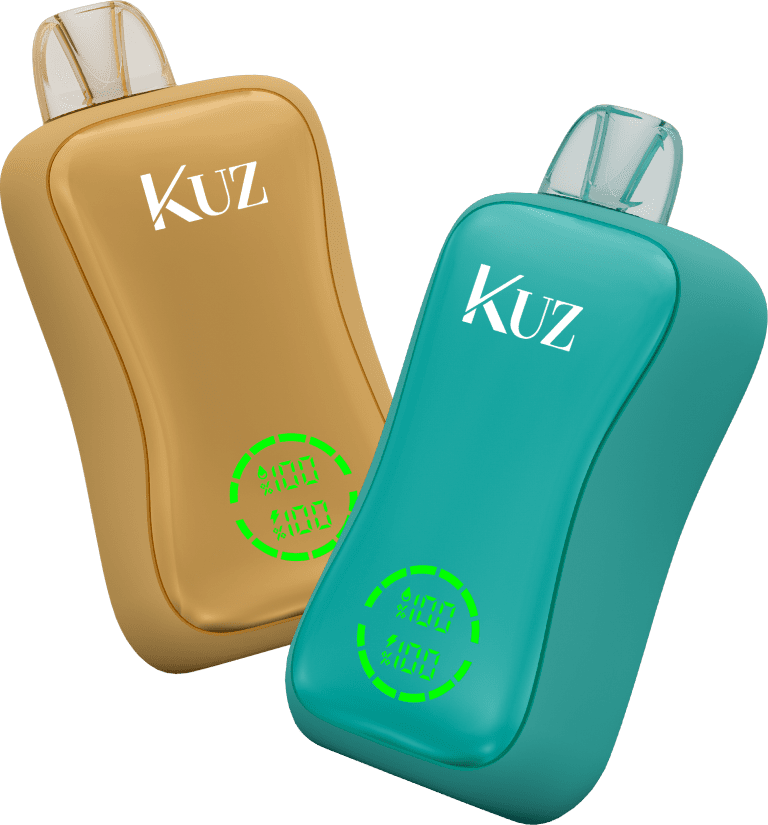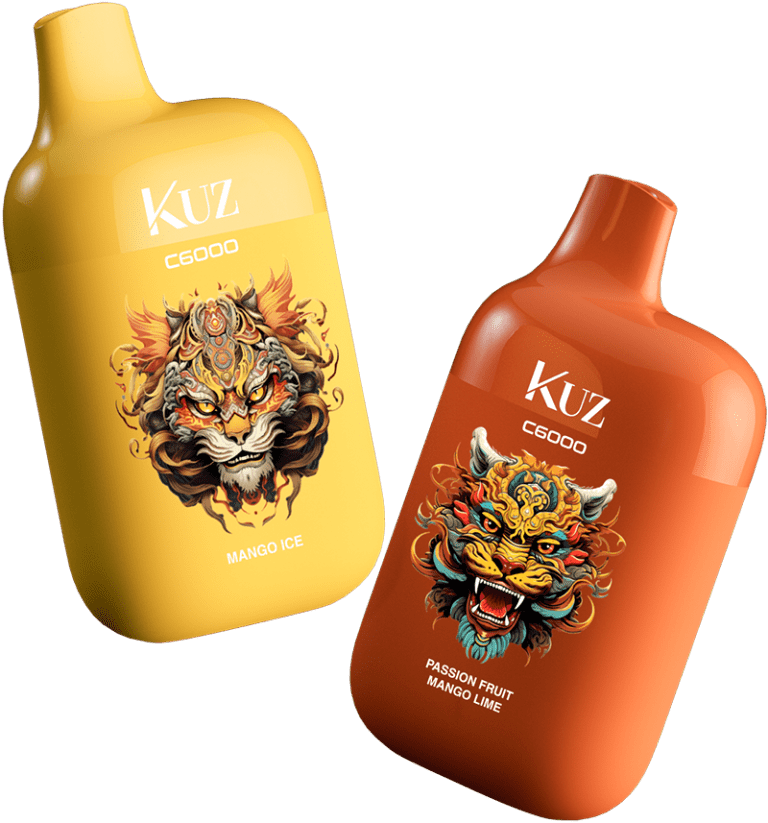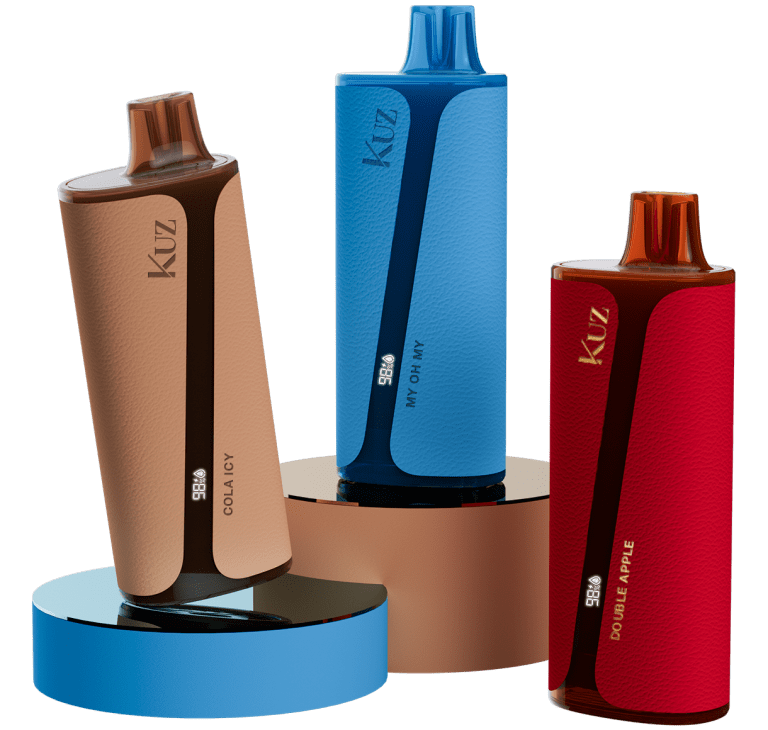With vaping’s rise in popularity, the laws around who can purchase and use vape products have become increasingly strict. Understanding the legal age to vape is crucial for both retailers and consumers, especially considering the variations in regulations across states and countries.
Vaping Age in the United States
In the U.S., the federal minimum legal sales age for vaping products is 21. This change came into effect in December 2019 through the Tobacco 21 law, which raised the legal age for all tobacco products, including e-cigarettes, from 18 to 21. The federal law applies across all 50 states, as well as territories like Guam, Puerto Rico, and the U.S. Virgin Islands.
However, each state can implement additional regulations. Some states enforce stricter measures, banning sales of vapes to minors and limiting where vaping can occur. For instance, states like California, Florida, and New York uphold the federal standard of 21, while places like New Jersey and Massachusetts have also restricted vaping in public spaces.
Age Restrictions Around the World
Internationally, the legal vaping age varies. In most countries, the minimum age aligns with the legal age of adulthood. For example, in Canada, the minimum age is 18 or 19, depending on the province. Australia restricts nicotine-containing products without a prescription, while non-nicotine vapes are legal with age restrictions. Japan, on the other hand, limits the purchase of nicotine products to those over the age of 20.
In Europe, the minimum age is generally 18. Countries like Germany, France, and the UK follow this rule, allowing adults to purchase and use vape products. It’s essential to note that regulations can change, especially as governments react to public health concerns related to youth vaping.
Why the Legal Age Matters
Raising the vaping age to 21 in the U.S. is part of a broader effort to reduce youth access to nicotine. Nicotine exposure during adolescence can harm brain development, increase the risk of addiction, and lead to lifelong consequences. The Centers for Disease Control and Prevention (CDC) reports that the surge in teen vaping, especially with products like JUUL, was a significant factor driving the change in legislation.
Teen vaping continues to be a public health issue, as products are often marketed in youth-friendly flavors and designs. While many teens believe vaping is less harmful than smoking, studies suggest that vaping can still lead to long-term health risks, including the potential for future nicotine addiction.
Loopholes and Varying Regulations
While the federal law is clear, enforcement and specific state laws can create loopholes. Some states do not classify e-cigarettes as tobacco products, allowing retailers to sell non-nicotine vapes to individuals under 21. These inconsistencies make it difficult to fully curb underage vaping.
For example, in Florida, minors can possess nicotine-free vapes, even though the sale of nicotine products to those under 21 is banned. Similarly, Ohio does not define e-cigarettes as tobacco products, allowing for potential grey areas in regulation.
Final Thoughts
Whether you are a retailer, parent, or a potential vaper, knowing the legal age to purchase and use vape products is essential. In the U.S., 21 is the standard for all vaping products, and globally, the age varies but typically aligns with the country’s legal adulthood. As regulations evolve, staying informed ensures compliance and helps reduce the impact of vaping on young people.
By understanding these laws, we can better navigate the world of vaping and work towards more effective solutions to the challenges of teen vaping.



